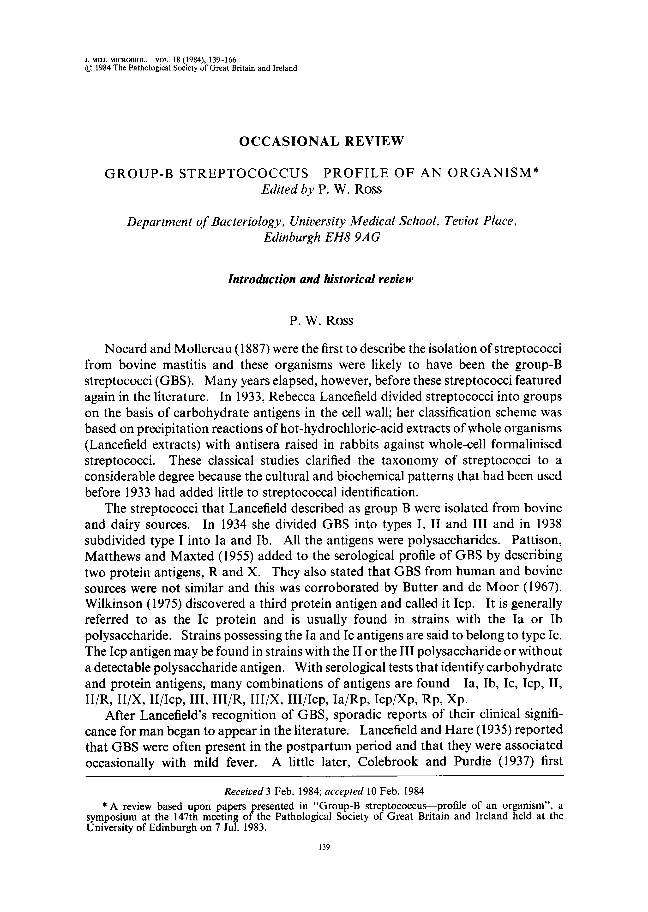
Full text loading...

Occasional Review: Group-B Streptococcus—Profile of an Organism * , Page 1 of 1
< Previous page | Next page > /docserver/preview/fulltext/jmm/18/2/medmicro-18-2-139-1.gif
There is no abstract available.

Article metrics loading...

Full text loading...
References


Data & Media loading...
